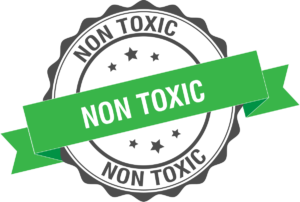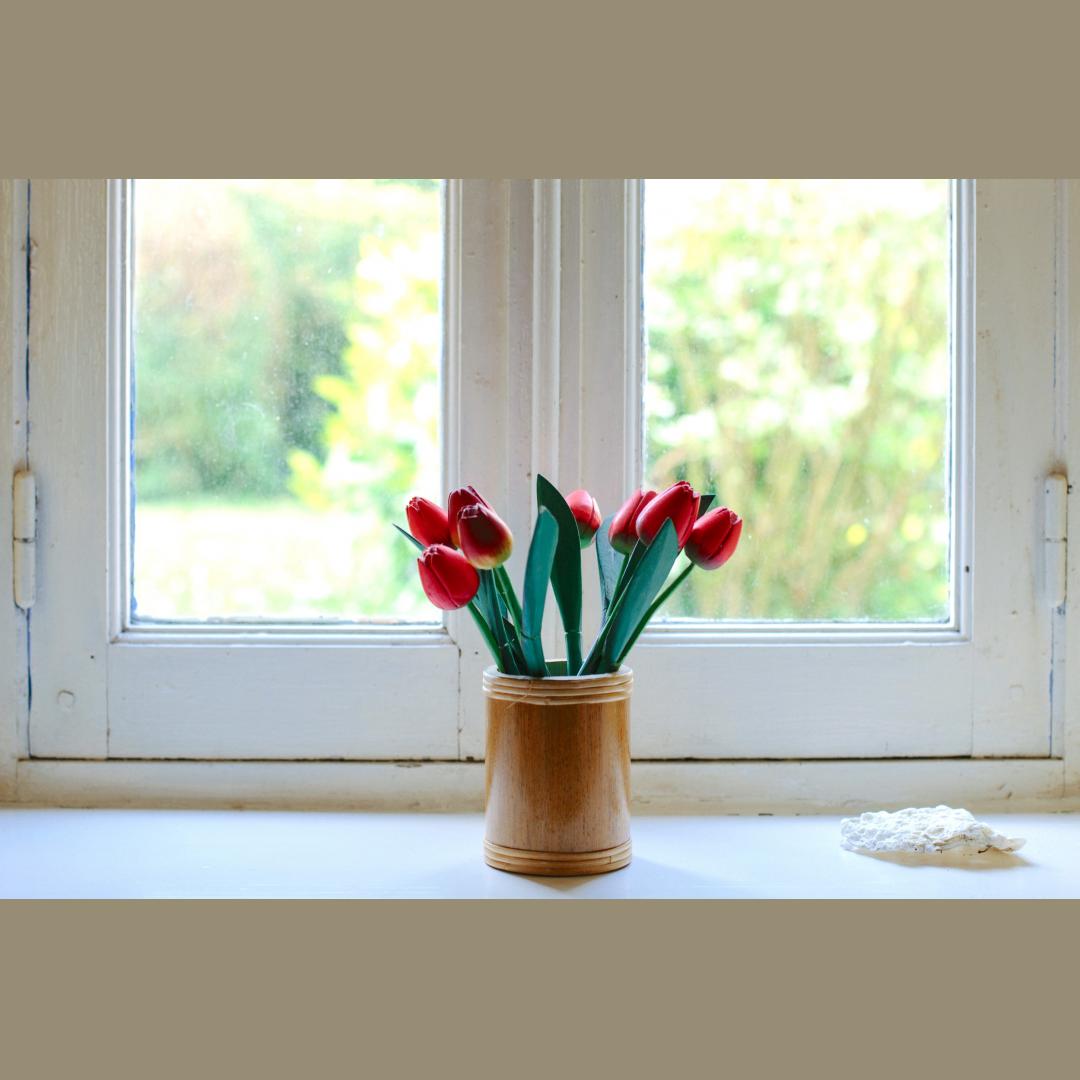Wild-fires, Soaring energy costs, melting ice-caps and other environmental issues are on front-page news everyday. Conserving natural resources whenever we can and adopting an eco-friendly living will allow us to enjoy our planet longer and reduce our own impact on global climates. It does mean making some lifestyle changes to help our environment. However the good news is that these changes will not only help keep your family healthy but some will reduce costs and others will give you an ease of mind and the sense of fulfilment.
Protecting the environment once meant separating plastic and paper in your recycling bin and using reusable bags at supermarkets. But Nowadays, there is a lot more you can do to create a healthy, green home.
“Going green” doesn’t have to mean expensive investments like solar panels, sustainable wood flooring, and nontoxic paints (Although these do help). Experts say that simple changes in everyday life are all it takes to make your home a healthier, safer and greener place to be. But don’t forget that we are creatures of habit, and it takes time to create change. Start with small steps on the tips below and make a commitment to change just one habit every few weeks.
Il-Qronfla is committed to helping the environment so we have compiled a list of tips and techniques that you can use to turn your home sweet home into a home green home.

Save energy
Let the sun shine: Let’s start with the simplest option. The most environmentally friendly and cheapest heat and light source is just outside your window. We are lucky to get a lot of sun in Malta so open the curtains and drapes to let solar energy warm and brighten your home naturally.
Turn off the lights: If your household members are forgetful of lights, install movement sensors so lights only activate when needed. A great location for these are corridors, where you walk through for a few seconds but lights are often left on continuously. Another way to save energy is to install automatic timers for lights frequently left blazing in empty rooms. Keep in mind that sensors require movement to activate so bedrooms and offices might not be a good idea if you want to do some reading or studying.
Switch to eco-friendly LED light bulbs: Eco-friendly LED light bulbs are good for the environment simply because they use much less energy to run. The increased efficiency ranges between 25% and 80% in comparison to incandescent lights. On average, it is estimated that switching to eco-friendly light bulbs can save you up to €82 a year. It might not seem like a lot, but imagine how much less energy would be consumed if every household switched to eco-friendly light bulbs
Get unplugged: Electronic appliances, including TVs, computers, and Consoles can consume almost as much energy when in standby mode as they do during the relatively small amount of time they’re being used.
Use appliances efficiently: When using the washing machine, dryer, or dishwasher try to wait for a full load before turning them on to avoid unnecessary water cycles. Clear the lint filter after every dryer load and air-dry clothes when it is possible. Use the air-dry function on your dishwasher.
Use a microwave or a toaster to reheat food
If you can, avoid using the oven to reheat food. It takes a lot more energy to heat up an oven than using a toaster of microwave.
Set cooling temperatures correctly: The Fridge and freezer are probably the biggest electrical energy consumers in your house. Take steps to make sure they’re not working harder than necessary. Fridges should be set at around 4’C. Freezers set at -18’C keep things nice and frosty. Ensure to close the fridge and freezer doors. Leaving them open for just a few extra seconds wastes a lot of energy as it raises their temperature and they have to drop it back down.
Stop leaks: Plug, insulate, replace, repair, or seal to make your home as leak-proof as possible – and watch your utility bills drop.
![]()
Clear the air
Don’t smoke inside: Away from the usual ‘Smoking is unhealthy’ , even if you smoke, the number one way to combat indoor air pollution and reduce longterm costs is to never smoke in your home. The chemicals can circulate in the air for much longer than you think and stick to the closest thing they find creating a heavy air and more washing cycles. Nicotine will also stain wall paint in the long run and turn beautifully painted walls into a murky brown.
Grow plants indoors: Live plants around the house act as natural air filters, and some plants are particularly effective absorbers of harmful pollutants emitted from carpets, furniture, and electronic equipment. So clean your indoor air and “green” your living space by filling your home. If you want to learn more about the specific plants, you can find our recommended list here

Eliminate toxic products
Use non-toxic cleaning products: Find eco-friendly alternatives to harsh chemical cleaners, which pollute the environment and can cause health problems. Several biodegradable, non-toxic cleaning products are available nowadays at natural grocery shops, supermarkets and chainstores. You can also make your own: Baking soda is a cheap and effective all-purpose cleaner, polisher, and fungicide. Switch to natural disinfectants such as tea tree oil or citrus oils.
Use cloths instead of cleaners: Skip the cleaning products altogether and switch to micro fiber cloths designed to attract dirt on their own. When damp, such cloths clean most surfaces like glass, stainless steel, brass, wood, and ceramics. When dry, they emit a natural positive charge, which attracts dust. Simply wash the cloths after cleaning, and you can reuse them again and again.
Kick bug spray out: Philip Landrigan an expert from the Department of Community and Preventive Medicine in New York says “You want to minimise the use of pesticides in your home – and that’s what insect repellents are” . Instead of using insect repellent, Landrigan suggests to keep insects out by sealing cracks and holes around doors, windowsills, and flooring. Keep food stored appropriately and kitchen and eating areas as clean as possible.
This is a far from exhaustive list so we will continue over in an upcoming article. You can find the second part of this list here. The journey does not stop here. We encourage you to share this article with friends and family or simply show them a trick or two. Alone we can make a small difference, together we can make a huge impact.





